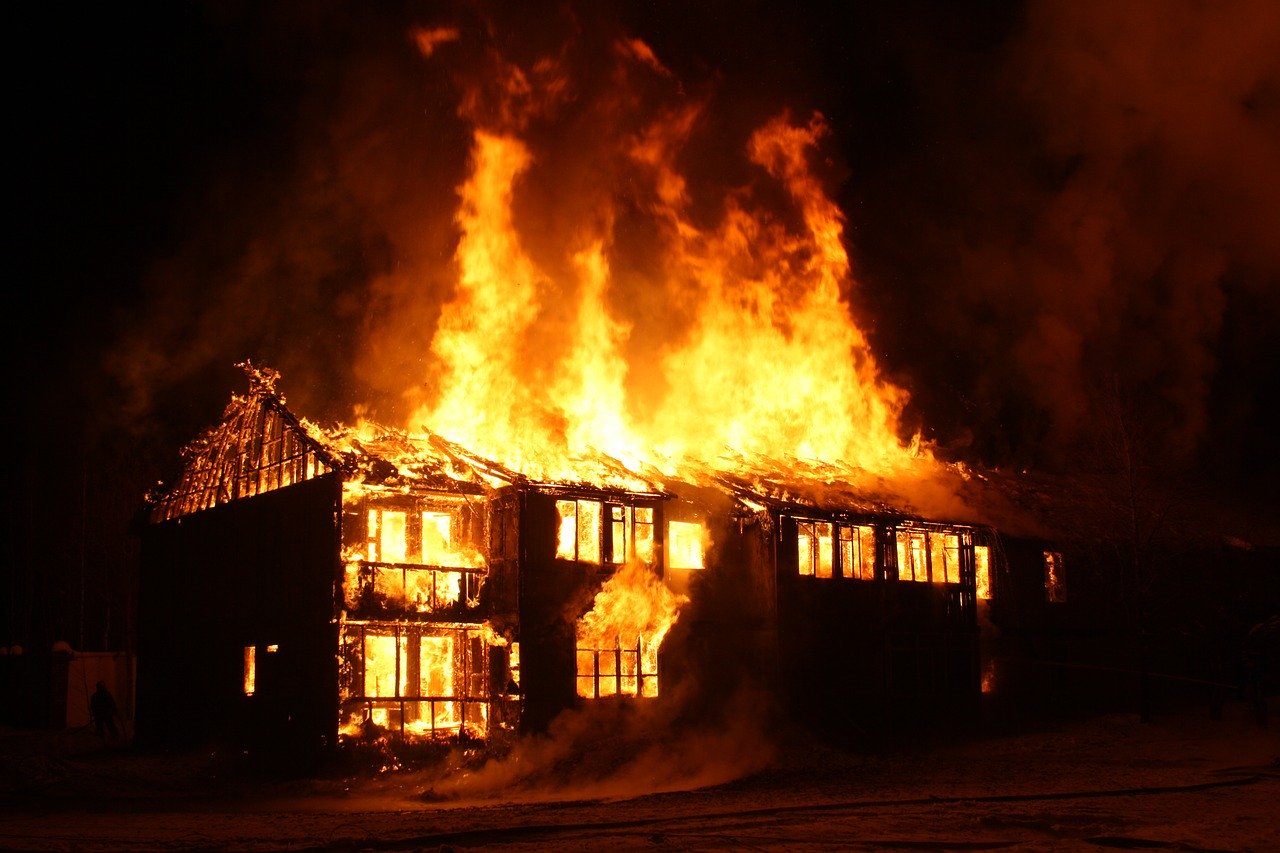
If you're looking for a fire damage checklist, you've come to the right place.
Whether you’ve experienced a fire first-hand, or you want to be prepared if it ever happens, then read on.
This fire damage checklist outlines the process and what to do after a house fire.
1. Put Your Safety First
Straight after a house fire, it can be tempting to want to enter your home and find out if there’s anything you can save or salvage.
However, it’s crucial to know what you can’t do immediately after a house fire.
Never enter the property until fire department officials give you the all-clear to do so.
Make sure everyone is safe and accounted for, including pets, and take care of their welfare before you consider entering your home.
Once you’re able to go inside, don’t attempt to turn on any utilities like gas, water, or electricity until they have been professionally assessed.
Get Fire Damage Restoration Quote
Fire can cause hidden damage that you may not be aware of yet. Even if a house appears to be sound, there’s every reason to believe it’s not.
The same rule applies to vehicles. If a car near your home has been damaged by fire, don’t attempt to remove it.
Refrain from trying to clean smoke or soot damage by yourself as there are trained professionals with the right equipment who can take care of that for you.
2. Start Making Calls
There is a flurry of activity at any house fire scene, which means that making phone calls isn’t at the top of your priority list.
However, there are a few calls you need to make before getting started on the next steps.
Call family and friends to let them know about the fire, followed by your utility providers or a fire damage company.
They can turn off your gas, water, and electricity until it has been deemed safe to turn it back on.
Remember that you may also be away from your home for some time, so alert your local police department to let them know your property will be vacant.
They can then keep an eye on it for you.
If you have children, they will likely be feeling the effects of losing some of their possessions.
Alert your school and their teachers and consider whether they (and you) may require counselling.
Finally, divert your mail to an alternative address, if possible.
3. Know About Insurance
Know if fire damage is covered in your insurance.
There are fire damage companies who provide direct insurance billing & water damage claim filing.
It’s crucial to start the insurance claim process as early as possible.
Get a copy of the report from the fire department who responded to the fire and make sure you understand everything that’s in it.
You can then document all parts of the fire damage by writing notes and taking plenty of photos.
Take photos at various stages so that you’ve got evidence of the entire process. These may come in handy during your claims process.
4. Assess the Damage

Find out how much of your home has suffered from damage – be it from the fire, water, soot, or smoke.
Ask yourself: What are the showing signs of heat damage? Did the fire get into the structure of your home?
It’s okay not to be an expert during the assessment phase because there are actual fire damage experts that can help.
You can hire a fire damage restoration company to carry out a comprehensive damage assessment.
At this point, you can also remove untouched furniture so that smoke has less time to leave its mark on items you could potentially save.
5. Prevent Further Damage
Repairs and restoration may not happen right away. As a result, it’s crucial to secure your home to stop the damage from getting worse before repairs can take place.
For example, you can plug holes in your home and around any weakened areas.
Consider some form of moisture barrier for if rain is on the forecast before repairs can be carried out.
The last thing you want is water damage on top of fire damage.
6. Start Cleaning and Removing
The insurance process can take some time, but often a part of that process is cleaning and removal of items before repairs can begin.
The smoke damage cleaning process can involve scrubbing, sanding, and refinishing.
However, if there is water damage, then airing out moisture and pumping out water is also essential.
Heaters, fans, and dehumidifiers can be important appliances to have.
The sooner you take care of moisture, the lower the risk of mold and mildew.
Upholstery and carpet can also be affected by smoke.
While you can have them professionally cleaned, it’s sometimes worth weighing up whether it’s more affordable to replace them.
7. Start Repairs, Restorations, and Renovations
Whether you repair, restore, or renovate can depend on what you are dealing with.
For example, priceless family heirlooms are not something you can replace. Therefore, restoring them can be the only possible option.
If you have wood furniture that you’d like to keep, then consult restoration experts.
They may be able to bring it back to life, contain the smoke with a sealant, or strip it and refinish it.
It’s crucial to choose experienced and licensed contractors who know how to rebuild and restore fire-damaged homes.
If you have extra tips feel free to drop us a comment or message in real time on our Facebook fan page.

